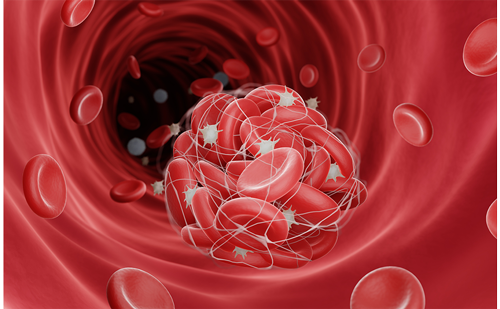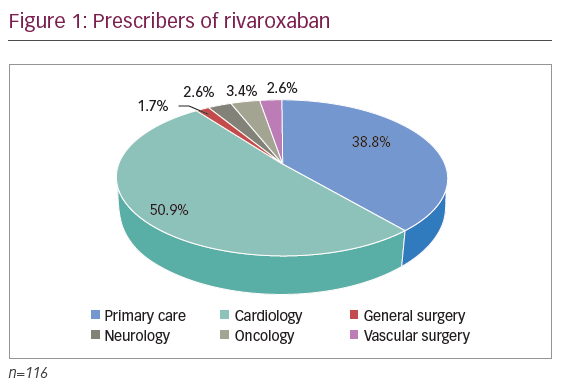Combined administration of the GPVI-Fc fusion protein Revacept with low-dose thrombolysis in the treatment of stroke
Abstract:
Overview
Background. Thrombolytic therapy with recombinant tissue plasminogen activator (rtPA) remains the only approved medication for acute ischemic stroke, but incurs significant bleeding risks. Therefore, approaches to combine lower doses of thrombolytic therapy with other effective drugs aim at improving efficacy and reducing bleeding rates. We examined the safety and therapeutic effects of various dosings of rtPA, either alone or combined with glycoprotein VI-Fc fusion protein (GPVI-Fc, Revacept) on experimental stroke in mice. Methods and results. The effect of filament-induced intracerebral thrombus formation and embolization was investigated after a one-hour occlusion of the middle cerebral artery. In accordance with previous studies, treatment with 10 mg/kg rtPA significantly improved functional outcome, cerebral infarct size and edema, but also resulted in markedly increased intracranial bleeding volumes. In contrast, low doses of rtPA (0.1 or 0.35 mg/kg body weight) did not change outcome parameters. However, addition of 1 mg/kg Revacept to 0.35 mg/kg rtPA led to improved reperfusion compared to rtPA alone. Moreover, these combined treatments resulted in improved grip strength, compared to the respective dose of rtPA alone. Infarct-surrounding edema improved after combined treatments, but not after respective single rtPA dosings. Intracranial bleeding volumes were below controls after all low-dose rtPA therapies, given either alone or combined with Revacept. Conclusions. In contrast to using the equally effective full dose of rtPA, intracranial bleeding was not increased by low-dose rtPA combined with Revacept. Therefore, addition of Revacept to low-dose rtPA does not incur safety risks, but improves efficacy of treatment.
Keywords
Glycoprotein VI, Middle cerebral artery occlusion, Platelet aggregation, Stroke
Article:
Article Information:
Disclosure
Financial support: This study was supported by a grant from the Bavarian
Research Foundation (Bayerische Forschungsstiftung), grant
# 1145-14.
Correspondence
Martin Ungerer AdvanceCOR GmbH – Procorde Fraunhofer Str. 9a 82152 Martinsried, Germany ungerer@advancecor.com; Meinrad Gawaz University of Tübingen Otfried-Müller-Str. 10 72076 Tübingen, Germany meinrad.gawaz@med.uni-tuebingen.de
Acknowledgements
We acknowledge the excellent technical assistance of Isabel Fodor.







